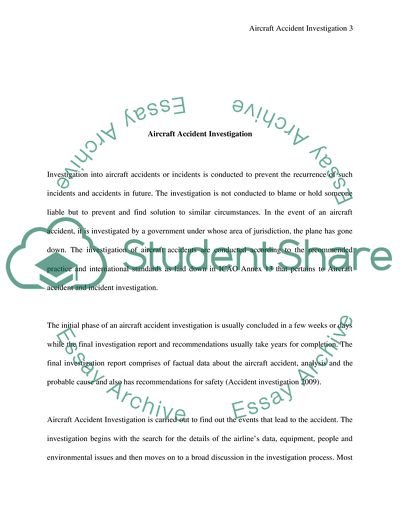Cite this document
(Aircraft Accident Investigation Research Paper Example | Topics and Well Written Essays - 3250 words, n.d.)
Aircraft Accident Investigation Research Paper Example | Topics and Well Written Essays - 3250 words. Retrieved from https://studentshare.org/professional/1725607-aircraft-accident-investigation
Aircraft Accident Investigation Research Paper Example | Topics and Well Written Essays - 3250 words. Retrieved from https://studentshare.org/professional/1725607-aircraft-accident-investigation
(Aircraft Accident Investigation Research Paper Example | Topics and Well Written Essays - 3250 Words)
Aircraft Accident Investigation Research Paper Example | Topics and Well Written Essays - 3250 Words. https://studentshare.org/professional/1725607-aircraft-accident-investigation.
Aircraft Accident Investigation Research Paper Example | Topics and Well Written Essays - 3250 Words. https://studentshare.org/professional/1725607-aircraft-accident-investigation.
“Aircraft Accident Investigation Research Paper Example | Topics and Well Written Essays - 3250 Words”, n.d. https://studentshare.org/professional/1725607-aircraft-accident-investigation.


